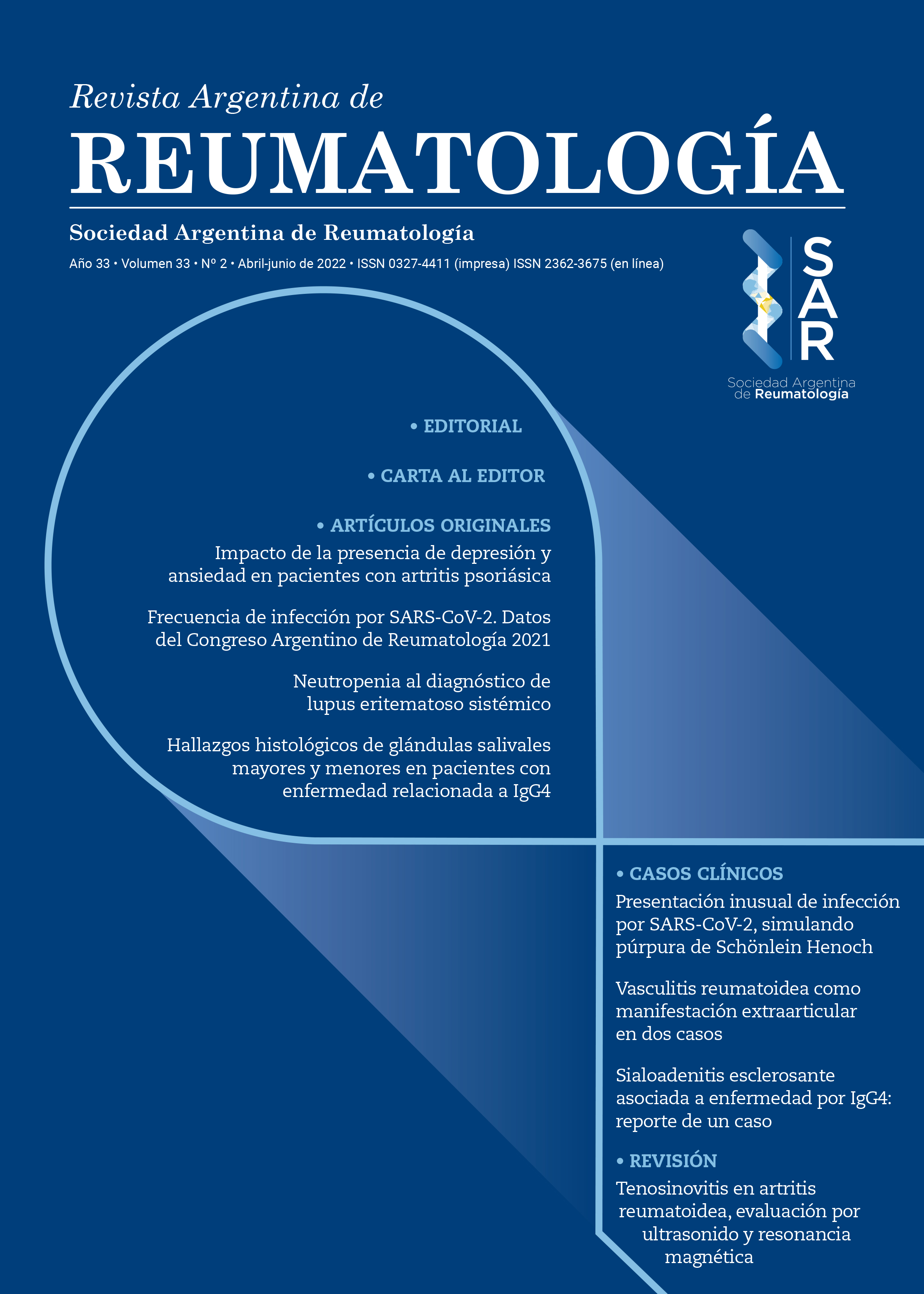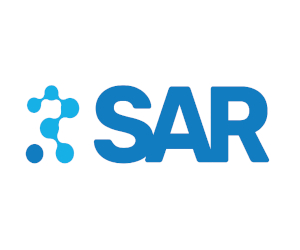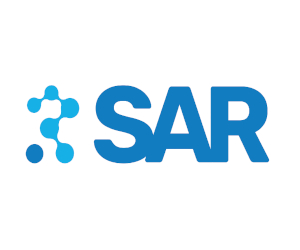Neutropenia at diagnosis of systemic lupus erythematosus: prevalence and clinical and serological correlations
Our cohort
Abstract
Introduction: hematological manifestations are frequent in systemic erythematosus lupus (SLE). Leukopenia is seen in between 50 to 60% of cases, but only 17% has a leukocyte count <1,000/mm3. Neutropenia in patients with leukopenia occurs between 20-40% of cases, depending on the cut-off value used. Possible described mechanisms for neutropenia are: an increase in destruction of granulocytes by anti-neutrophil antibodies, opsonization and destruction by monocytes; change in the splenic and marginal neutrophil pool; a diminished production in the bone marrow. The formation of NETs contributes to the production of INF-1 from plasmocytes and dendritic cells, causing endothelial damage and pro-thrombotic changes. NETosis and apoptotic abnormal clearence promote the formation of antigens and subsequent autoantibodies. Infectious consequences of neutropenia in SLE are still unknown. The objectives of this article were to know the prevalence of neutropenia at diagnosis of SLE in our hospital, and secondly to determine its correlation with other variables of the disease and to investigate whether it’s related with a greater probability of infections. Materials and methods: descriptive, retrospective study. Patients with diagnosis of SLE (SLICC 2012) from our cohort were included. Demographic and related to disease variables were stated. Activity scale: SLEDAI-2k. Patients were divided into two groups according to the presence or absence of neutropenia (<1.500/mm3) and multivariate analysis was performed to clinical and analytical variables. A subgroup with severe neutropenia (<500/mm3) was evaluated. Multivariate analysis was performed to detect correlations between a diminished neutrophil count and clinical manifestations, disease severity, autoantibodies pro le, infections, and associated diseases. In neutropenic patients, the presence of viral or bacterial infection and the use of GM-GSF were evaluated. Statistical analysis was performed as mean +/-SD for continuous variables and percentage for categorical variables. T-Test or Mann-Whitney were used to compare independent variables according to distribution. Student’s T and Chi-Square for qualitative variables. Statistical signi cance: p<0.05. Results: 70 patients were included. Female 59 (84%), mean age 38.6 years (1872). Leukopenia 24 (34%), lymphopenia 30 (42.8%), neutropenia 12 (17%), severe 2 (2.8%), thrombocytopenia 7 (10%). Neutropenic group: Sicca 12 (100%), neutrophil/lymphocyte index (NLI) 1.33 (DS 0.69), infections: EBV IgM+1/12, parvovirus and CMV negative 2/12. BMA 1/12, without pathologic findings. GM-GSF 2/12. Infections: 2/12 (urinary). Conclusions: we observed a correlation between Sicca symptoms, leuko and lymphopenia, and a lower NLI. The clinical signi cance of these findings was uncertain. The presence of infection was low (16%). Two required GM-GSF, having not presented adverse events.References
I. A. Velo-García, S. Gerreiro Castro, D. Isenberg. The diagnosis and management of the haematologic manifestations of lupus. Journal of Autoimmunity (2016):1-22.
II. F. Capsoni, P. Sarzi-Puttini, A. Zanella. Primary and secondary autoimmune neutropenia. Arthritis Res. Ther. 7 (2005):208-214.
III. D.C. Harmon, S.A. Weitzman, T.P. Stossel. The severity of immune neutropenia correlates with the maturational specificity of antineutrophil antibodies. Br. J. Haematol. 58 (1984):209-215.
IV. K. Yamasaki, Y. Niho, T. Yanase, Granulopoiesis in systemic lupus erythematosus. Arthritis Rheum. 26 (1983):516-521.
V. A.G. Hadley, M.A. Byron, H.M. Chapel, C. Bunch, A.M. Holburn, Anti-granulocyte opsonic activity in sera from patients with systemic lupus erythematosus. Br. J. Haematol. 65 (1987):61-65.
VI. P.K. Rustagi, M.S. Currie, G.L. Logue. Complement-activating antineutrophil antibody in systemic lupus erythematosus. Am. J. Med. 78 (1985):971-977.
VII. B.T. Kurien, J. Newland, C. Paczkowski, K.L. Moore, R.H. Scofield, Association of neutropenia in systemic lupus erythematosus (SLE) with anti-Ro and binding of an immunologically cross-reactive neutrophil membrane antigen. Clin. Exp. Immunol. 120 (2000):209-217.
VIII. H.H. Euler, P. Harten, R.A. Zeuner, U.M. Schwab. Recombinant human granulocyte colony stimulating factor in patients with systemic lupus erythematosus associated neutropenia and refractory infections, J. Rheumatol. 24(1997):2153-2157.
IX. G.A. Karpouzas. Hematological and Lymphoid Abnormalities in SLE. Chapter 38, in: D.J. Wallace, B.H. Hahn. (Eds.): Dubois’ Lupus Erythematosus and Related Syndromes, 9th Ed., Elsevier, Philadelphia.(2019):473-485.
X. A. Fayyaz, A. Igoe, B.T. Kurien, D. Danda, J.A. James, H.A. Stafford, et al. Haematological manifestations of lupus. Lupus Sci. Med. 2 (2015):e000078.
XI. Meyer A, Guffroy A, Blaison G, et al. Systemic lupus erythematosus and neutropaenia: a hallmark of haematological manifestations. Lupus Science & Medicine:2020;7:e000399.
XII. A.M. Brito Dias, M.C. Medeiros do Couto, C. C. Marques Duarte et al. White Blood Cell Count Abnormalities and Infections in One-year Follow-up of 124 Patients with SLE. Contemporary Challenges in Autoimmunity: Ann. N.Y. Acad. Sci. 1173(2009):103–107.
XIII. A. Autrel-Moignet, T. Lamy. Autoimmune neutropenia. Presse Med. 2014; 43: e105–e118.
XIV. G. Starkebaum, T.H. Price, M. Y. Lee, W. P. Arend. Autoimmune neutropenia in systemic lupus erythematosus. Arthritis & Rheumatism.(1978)21;5:504-512.
XV. M. Arenas, A. Abad, V. Valverde, P. Ferriz, R. Pascual. Concise communication. Arthritis & Rheumatism.(1992).35;8:979-980.
XVI. L.A. Boxer, M.S. Greenberg, G.J. Boxer, T.P. Stossel. Autoimmune neutropenia. N Eng J Med.(1975).293;15.748-753.
XVII. Böhm I. Apoptosis: the link between autoantibodies and leuko-/lymphocytopenia in patients with lupus erythematosus. Scand J Rheumatol 2004;33:409–416.
XVIII. P.A. Courtney, A.D. Crockard, K. Williamson, A.E. Irvine, R.J. Kennedy, A.L. Bell. Increased apoptotic peripheral blood neutrophils in systemic lupus erythematosus: elations with disease activity, antibodies to double stranded DNA, and neutropenia. Ann Rheum Dis 1999;58:309–314.
XIX. I.M. Vasiliu, M.A. Petri, A.N. Baer. Therapy with Granulocyte Colony-Stimulating Factor in Systemic Lupus Erythematosus May Be Associated with Severe Flares. J Rheumatol.2006.33(9):1878-80.
XX. A. Wikman, I. Olsson, A. Shanwell, J. Lundahl. Detection by flow cytometry of antibodies against surface and intracellular granulocyte antigens. Scand J Clin Lab Invest 2001; 61: 307–316.
XXI. CarliL , TaniC , VagnaniS , SignoriniV , MoscaM , Leukopenia, lymphopenia and neutropenia in systemic lupus erythematosus: Prevalence and clinical impact. A systematic literature review, Seminars in Arthritis and Rheumatism, http://dx.doi.org/10.1016/j.semarthrit.2015.05.009.
XXII. D. Castillo-Martínez, L.M. Amezcua-Guerra, R. Bojalil. Letter to the editor: Neutropenia and the risk of infections in ambulatory patients with systemic lupus erythematosus: a three-year prospective study cohort. Lupus (2011) 20, 998–1000.
XXIII. M. Chen, M.H. Zhao, Y. Zhang, H. Wang. Antineutrophil autoantibodies and their target antigens in systemic lupus erythematosus. Lupus (2004) 13, 584–589.
XXIV. D. Miranda-Hernández, C. Cruz-Reyes, C. Monsebaiz-Mora, E. Gómez-Bañuelos, U. Ángeles, L.J. Jara, M.A. Saavedra. Active haematological manifestations of systemic lupus erythematosus lupus are associated with a high rate of in-hospital mortality. Lupus (2016) 0, 1–6.
XXV. M.J. Kaplan. Neutrophils in the pathogenesis and manifestations of SLE. Nat Rev Rheumatol.;7(12):691–699.
XXVI. S. Gupta, M.J. Kaplan. The role of neutrophils and NETosis in autoimmune and renal diseases. Nat Rev Nephrol. 2016 Jul; 12(7): 402–413.
XXVII. R. Salemne, L.N. Peralta, S.H. Meka, N. Pushpanathan, J.J. Alexander. The Role of NETosis in Systemic Lupus Erythematosus. J Cell Immunol. 2019; 1(2): 33–42.
XXVIII. Y. Yu, K. Su. Neutrophil Extracellular Traps and Systemic Lupus Erythematosus. J Clin Cell Immunol. 2013 April; 4: 139.
XXIX. B. Qin, N. Ma, Q. Tang, T. Wei, M. Yang, H. Fu, Z. Hu, Y. Liang, Z. Yang, R. Zhong. (2016). Neutrophil to lymphocyte ratio (NLR) and platelet to lymphocyte ratio (PLR) were useful markers in assessment of inflammatory response and disease activity in SLE patients. Modern Rheumatology, 26(3), 372–376.
Copyright (c) 2022 Intellectual property rights: authors. Reproduction rights: Argentine Society of Rheumatology

This work is licensed under a Creative Commons Attribution-NonCommercial-NoDerivatives 4.0 International License.










